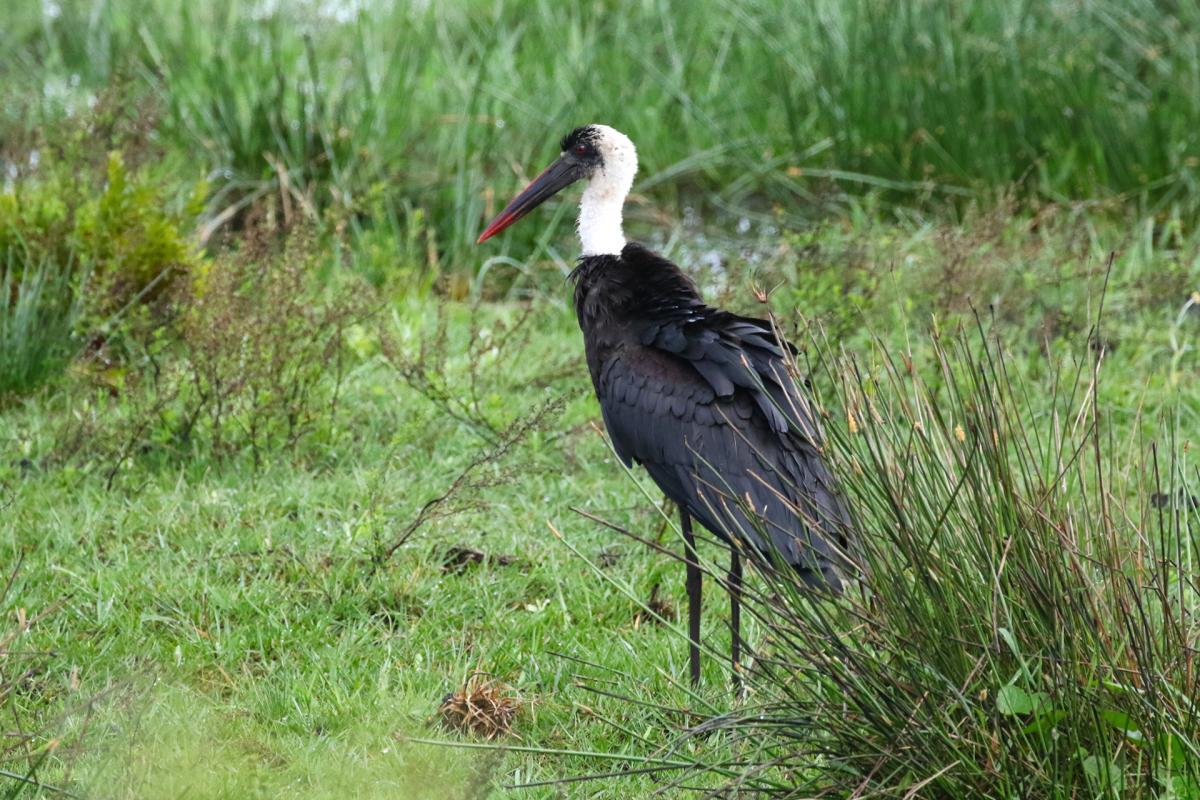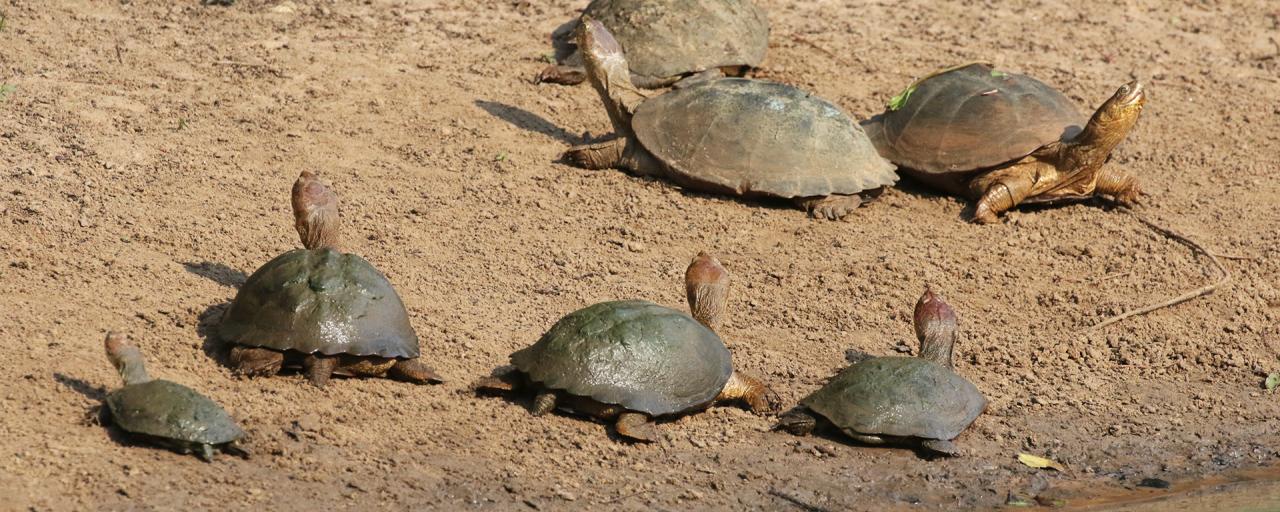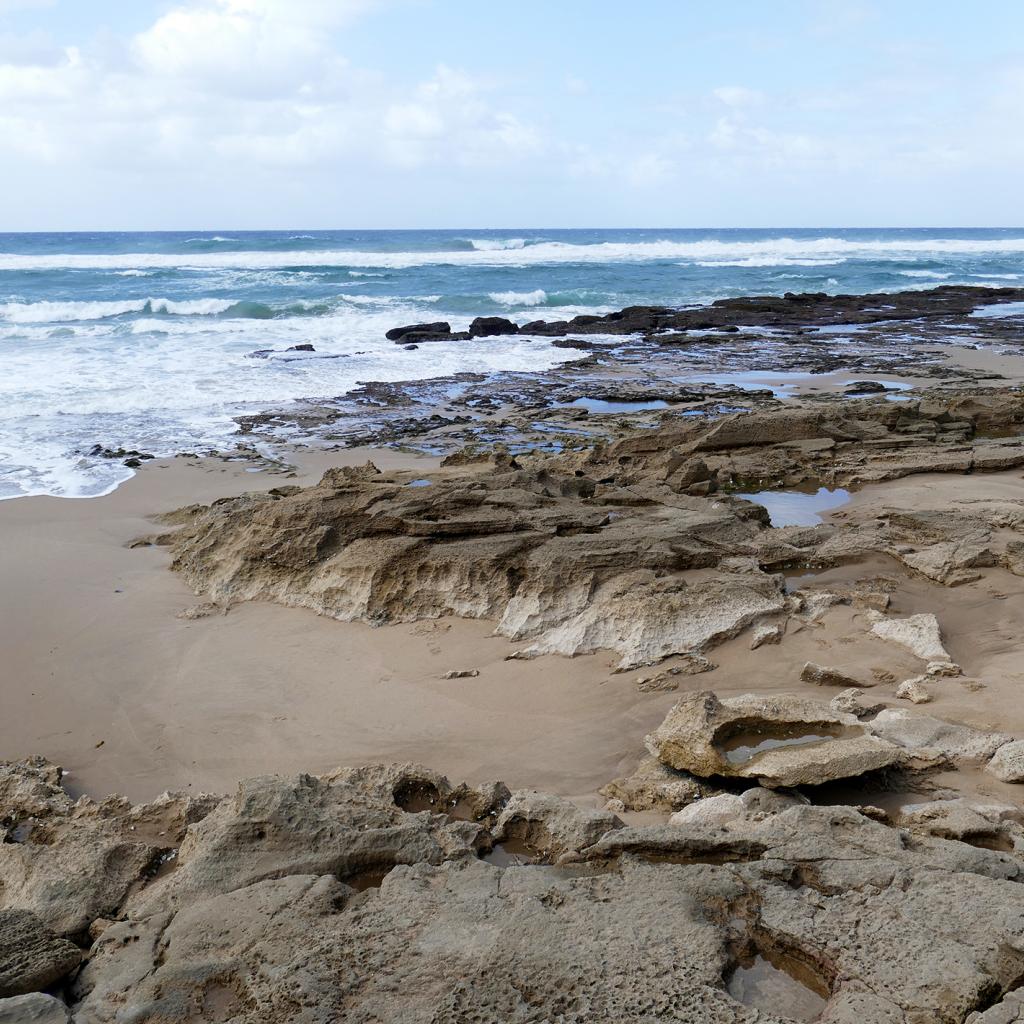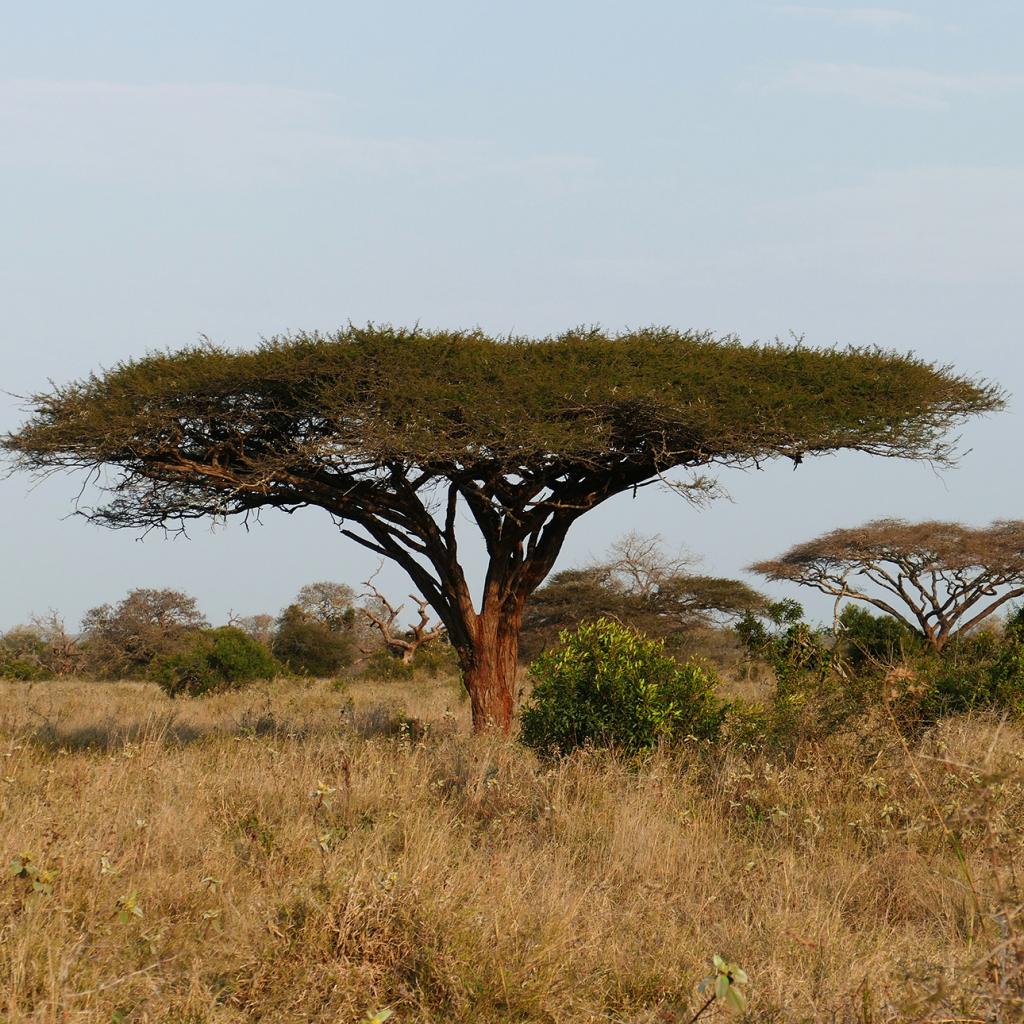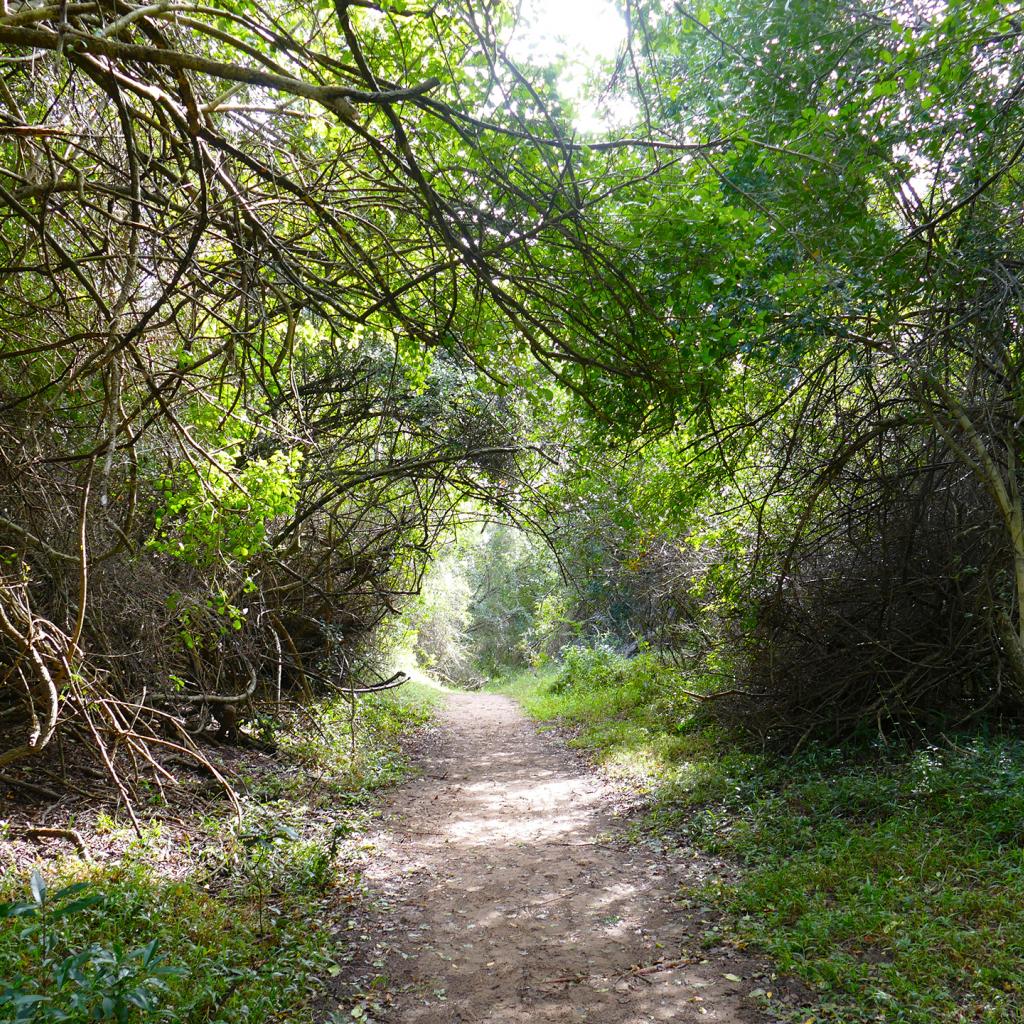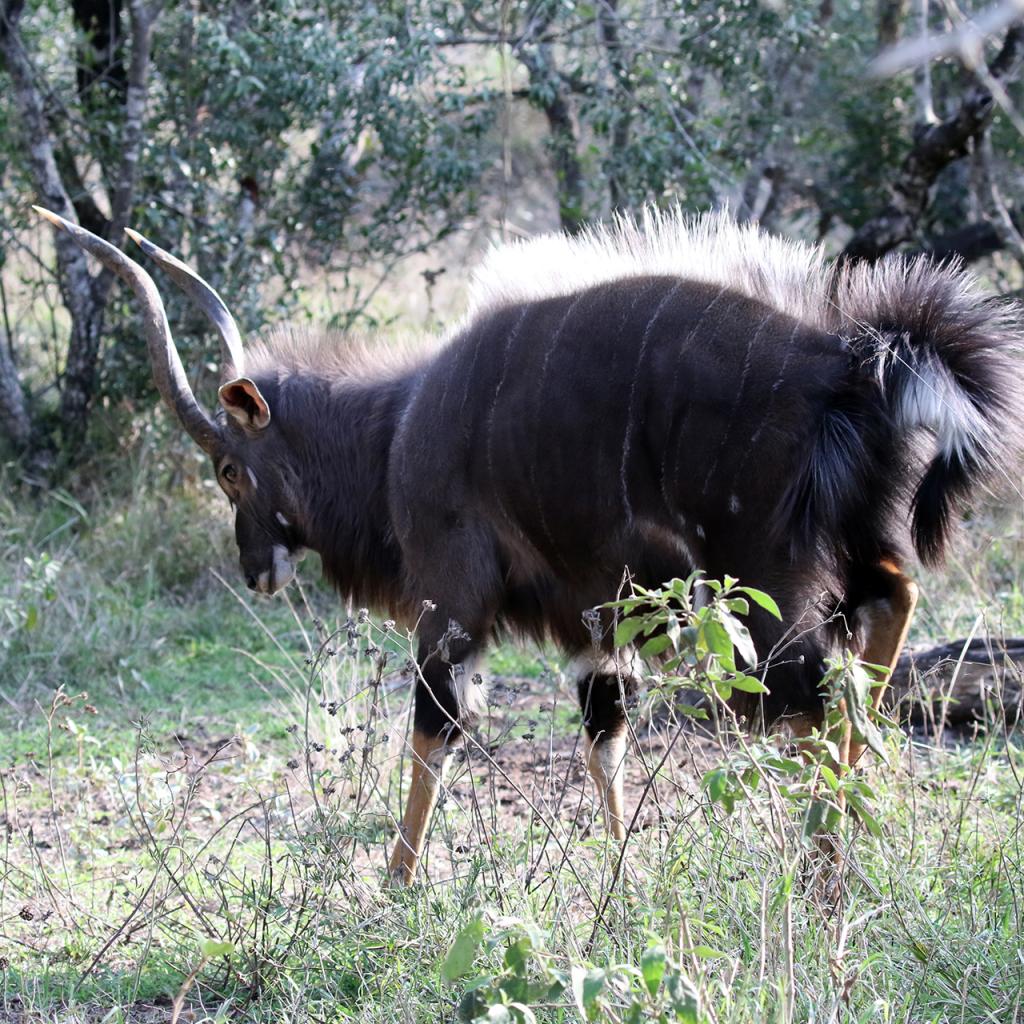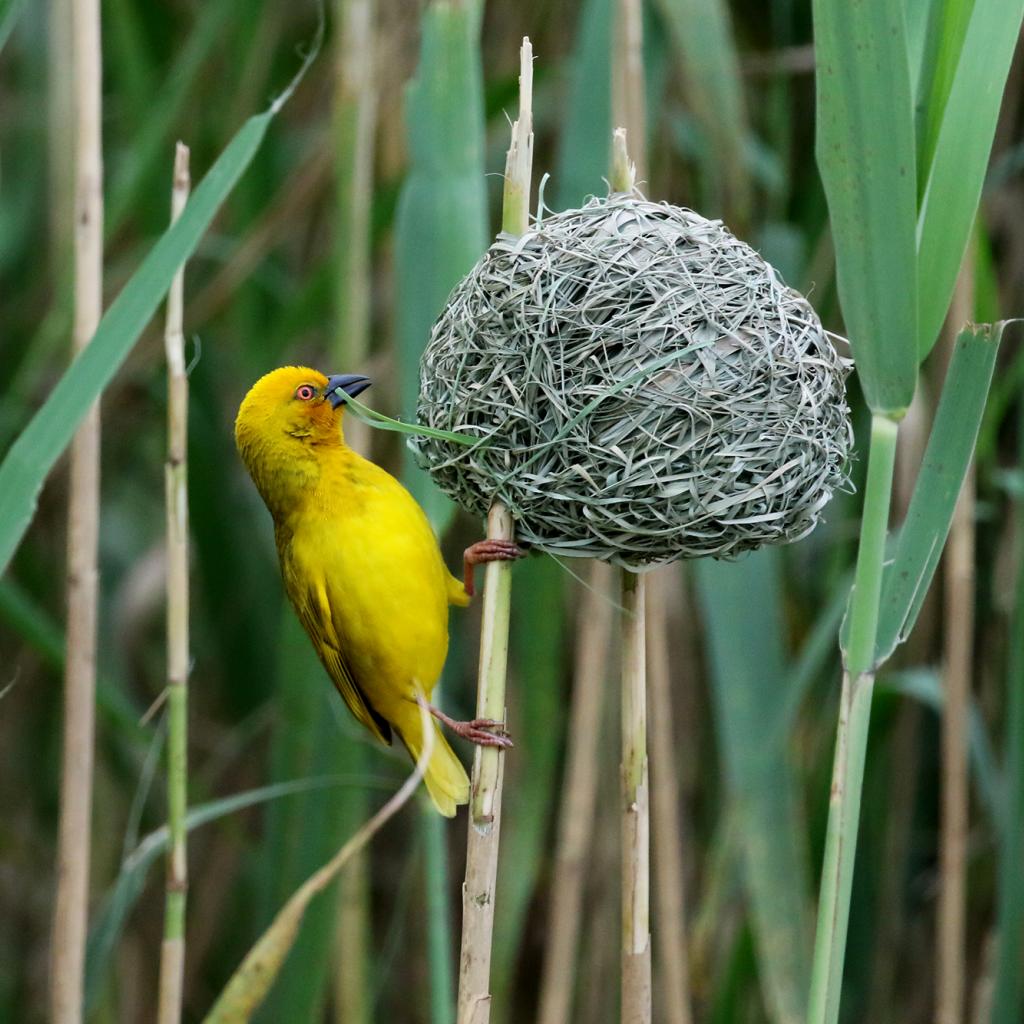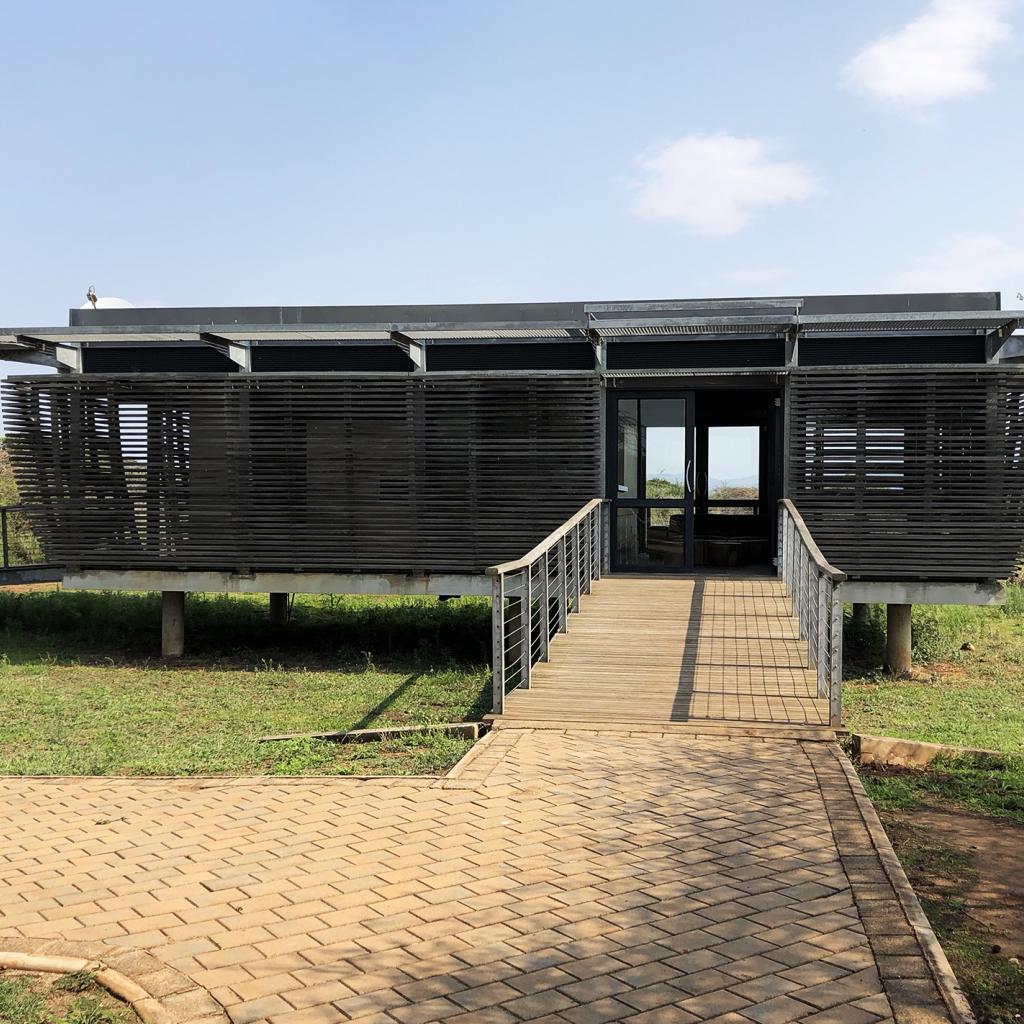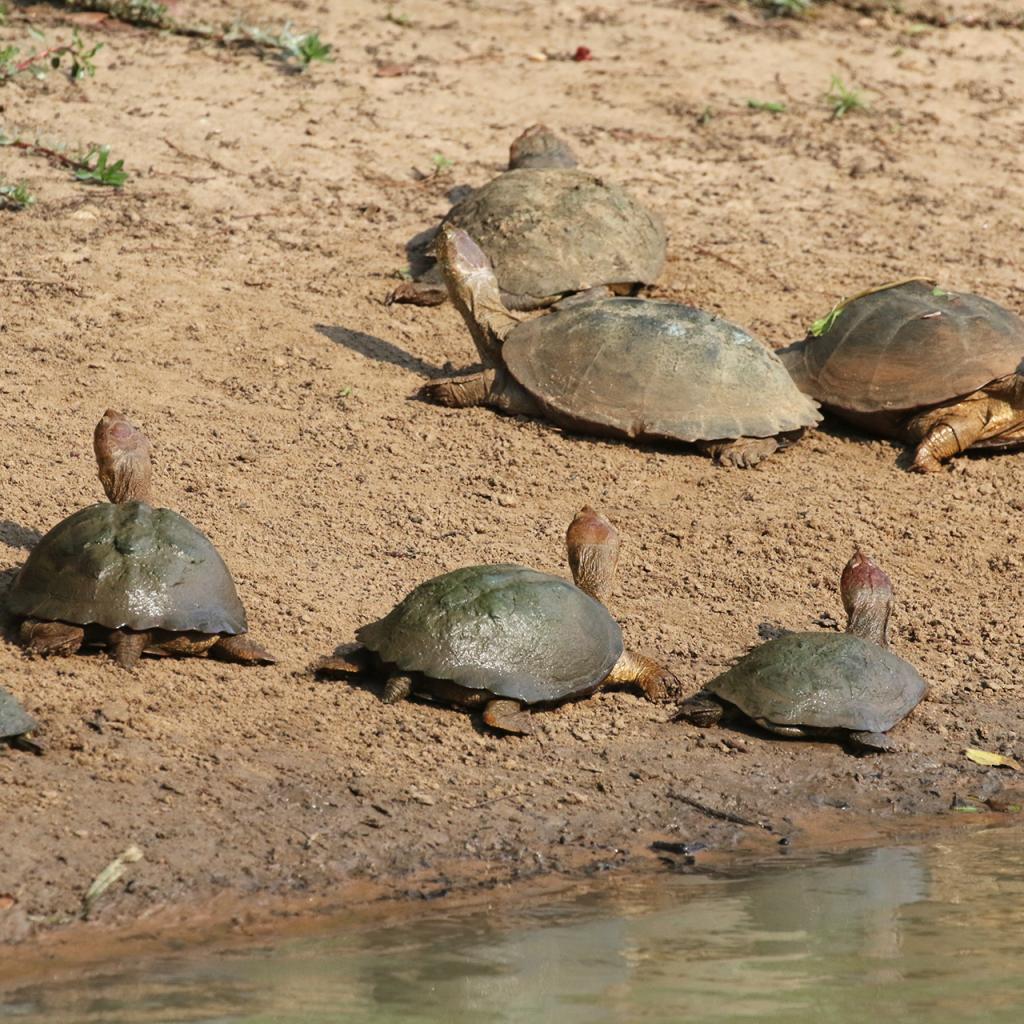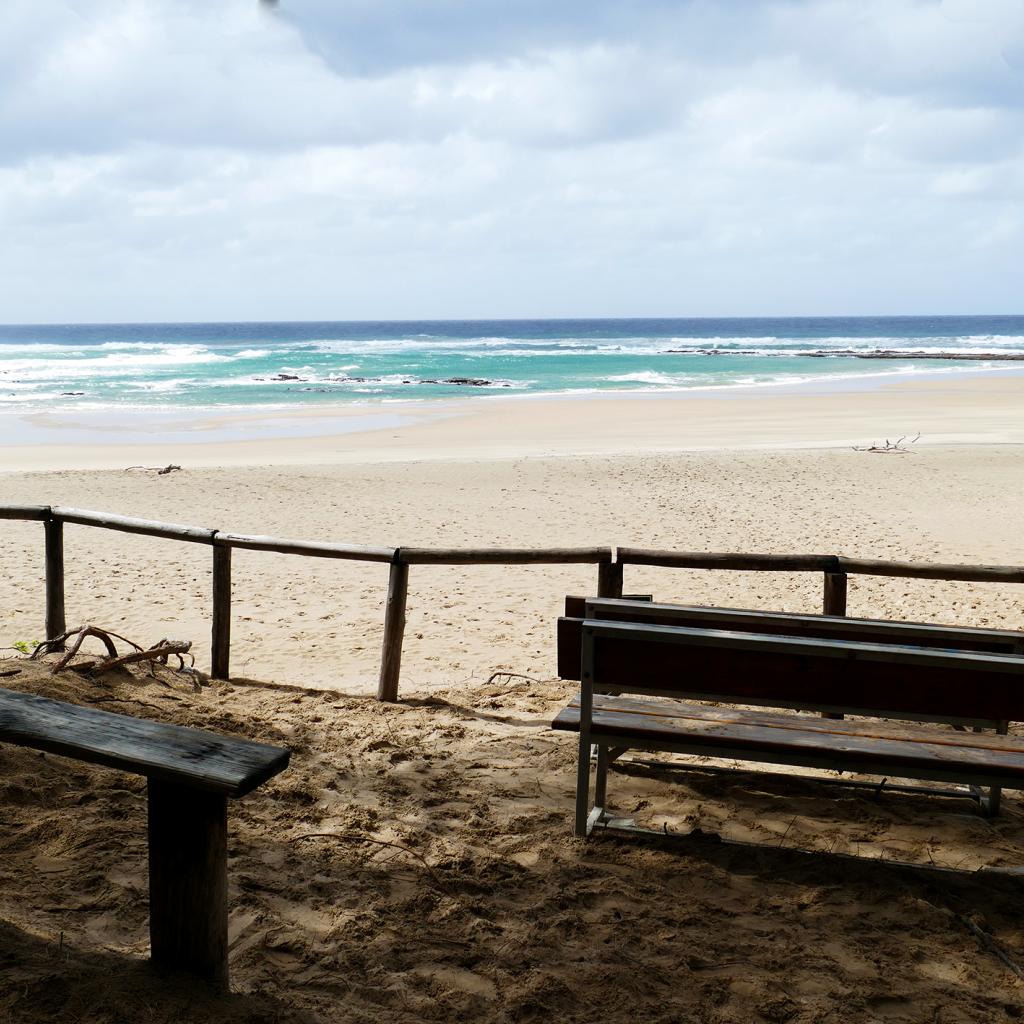The area of the iSimangaliso Wetland Park, in South Africa, is one of the oldest protected areas in the world; second, in chronological order, only to the Yellowstone National Park in the United States.
60 million years ago the West coast of the St Lucia Lake was covered by the Indian Ocean; here various fossils have been found, both of animals and of corals; the findings keep on taking place today as well.
We also know that the area of the iSimangaliso Wetland Park has been inhabited by man for a long time, since prehistoric times.
Here were found some shells, that were used as decorations, in the Bonder Cave, at the foot of the Lebombo Mountains, west of Kosi Bay, these shells date back to the Stone Age; while at Enkwazini, to the East of the St Lucia Lake, artifacts have been found that date back to before 290 a.C. and belong to the Iron Age.
Some beads have also been found and this suggests that some Arab merchants have come as far back as 1250, long before the arrival of the first Europeans.
The Bantu were the first African population, of which we have certain news, who migrated Southwards and settled here around 1440; this had an important impact on the environment since the Bantu were breeders and hunters, they also cut trees and bushes to create their settlements.
While, as far as Europeans are concerned, the Portuguese were the first to arrive and the first Portuguese to reach this point was the explorer Vasco da Gama and his crew, in 1497.
It was in 1554 that the survivors of the Portuguese ship Saint Benetict gave the St Lucia riverthe name of "Rio de la Medaos do Oura", that in Portuguese means "River of the golden dunes"; at that time the only known tributary was the Tugela river.
On December 13, 1575, the day of the celebration of Saint Lucia, Manuel Perestrello decided to change the name of the river and, from that day, it took the name of St Lucia.
Later also the Dutch landed here, precisely in 1670.
Finally the English arrived here in 1822 and the area of St Lucia was proclaimed part of the United Kingdom.
It is said that in 1853 for the first time a ship went into the hinterland, going up the estuary and the of St Lucia Lake, it traveled 50 km and reached the Mkhuze River; these explorations paved the way for hunters, ivory merchants and missionaries.
Before the Eastern Shore area, the area on the Eastern shore of the St Lucia Lake, became a protected area, the indigenous population of the Bhangaziwas forced to abandon these lands and many pineapple plantations were created here, that contributed to destroy the environment and the natural salty depressions that were found here.
The first protected area was established in 1895, it was located 30 km North of the city of St Luciaand was much smaller than the area currently occupied by the Isimangaliso Wetlands Park; this was the first protected area in South Africa.
In 1971 the St Lucia Lake, the turtles and coral reefs of Maputaland were listed in the "International Convention on Wetlands of International Importance, especially as habitat for the water birds"; this convention is also known as the Ramsar Convention.
Later these lands were claimed by the local population and many of them returned to their rightful owners, who were very interested in converting them back to their original state.
After a few years, where the pineapple plantations stood, the landscape is back to its original state; in some points there is still some trace, but nature will soon recover what belonged to it, even the salty or marshy depressions have returned and have also recovered their original names.
The proceeds of the iSimangaliso Wetland Park are donated directly to local communities, that are engaged in conservation, many locals have become guides within the park, or work in tourism; all this has brought a direct benefit to the whole community.
The St Lucia Wetland Park, the name under which the iSimangaliso was known before 2010, was proclaimed a World Heritage Site by UNESCO in 1999, the first place in South Africa to receive this recognition; Nelson Mandela was a guest of honor at the inauguration ceremony and on that occasion he declared: “iSimangaliso must be the only place on the globe where the oldest land mammal (the rhinoceros) and the world’s biggest terrestrial mammal (the elephant) share an ecosystem with the world’s oldest fish (coelacanth) and the world’s biggest marine mammal (the whale).
In 2010 the St Lucia Wetland Park changed its name to iSimangaliso Wetlands Park, "iSimangaliso" means "miracle and wonder", since this whole area has returned to a state of conservation that was partly lost, and this was considered a miracle.
Today the iSimangaliso Wetland Park protects various ecosystems, a high biodiversity and many species of animals, some of which have recently been reintroduced, among these we find rhinos, elephants and buffaloes; all this makes the iSimangaliso Wetland Park one of the must-see parks in South Africa.
